Related Research Articles
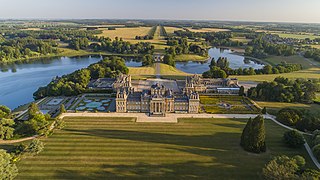
Blenheim Palace is a country house in Woodstock, Oxfordshire, England. It is the seat of the Dukes of Marlborough and the only non-royal, non-episcopal country house in England to hold the title of palace. The palace, one of England's largest houses, was built between 1705 and 1722, and designated a UNESCO World Heritage Site in 1987.

Sir James Thornhill was an English painter of historical subjects working in the Italian baroque tradition. He was responsible for some large-scale schemes of murals, including the "Painted Hall" at the Royal Hospital, Greenwich, the paintings on the inside of the dome of St Paul's Cathedral, and works at Chatsworth House and Wimpole Hall.

Marlborough House, a Grade I listed mansion in St James's, City of Westminster, London, is the headquarters of the Commonwealth of Nations and the seat of the Commonwealth Secretariat. It was built in 1711 for Sarah Churchill, Duchess of Marlborough, the favourite and confidante of Queen Anne. For over a century it served as the London residence of the dukes of Marlborough. It became a royal residence through the 19th century and first half of the 20th. The house was expanded for the Prince of Wales, the future king Edward VII, and became closely associated with the prince in the Victorian era. Queen Mary lived there when she was Princess of Wales and took a special interest in the house; she returned to live there in her widowhood. The building was leased by Queen Elizabeth II to the Commonwealth Secretariat beginning in 1965.
This article contains information about the literary events and publications of 1704.

Lieutenant-Colonel Charles Richard John Spencer-Churchill, 9th Duke of Marlborough,, styled Earl of Sunderland until 1883 and Marquess of Blandford between 1883 and 1892, was a British soldier and Conservative politician, and a close friend of his first cousin Winston Churchill. He was often known as "Sunny" Marlborough after his courtesy title of Earl of Sunderland.

John George Vanderbilt Henry Spencer-Churchill, 11th Duke of Marlborough, was a British peer. He was the elder son of the 10th Duke of Marlborough and his wife, the Hon. Alexandra Mary Hilda Cadogan. He was known as "Sunny" after his courtesy title of Earl of Sunderland.

Woodstock is a market town and civil parish, 8 miles (13 km) north-west of Oxford in West Oxfordshire in the county of Oxfordshire, England. The 2011 Census recorded a parish population of 3,100.

John Albert Edward William Spencer-Churchill, 10th Duke of Marlborough,, styled Marquess of Blandford until 1934, was a British military officer and peer.

James Tassie (1735–1799) was a Scottish gem engraver and modeller. He is remembered for a particular style of miniature medallion heads, portraying the profiles of the rich and famous of Britain, and for making and selling large numbers of "Tassie casts" of engraved gems for collectors.
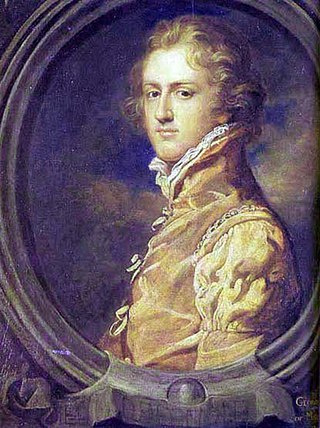
George Spencer-Churchill, 5th Duke of Marlborough FSA, styled Marquess of Blandford until 1817, was a British nobleman, politician, peer, and collector of antiquities and books.

George Charles Spencer-Churchill, 8th Duke of Marlborough, DL, styled Earl of Sunderland until 1857 and Marquess of Blandford between 1857 and 1883, was a British peer.

An art auction or fine art auction is the sale of art works, in most cases in an auction house.

Junia Claudilla, also known as Junia Claudia, was the first wife of the Roman Emperor Caligula before he came to power.

Joseph Smith, often known as Consul Smith, was the British consul at Venice from 1744 to 1760. He was a patron of artists, most notably Canaletto, a collector and connoisseur, banker to the British community at Venice, and a major draw on the British Grand Tour. His collection of drawings was bought for George III of Great Britain and forms a nucleus of the Royal Collection of drawings in the Print Room at Windsor Castle.
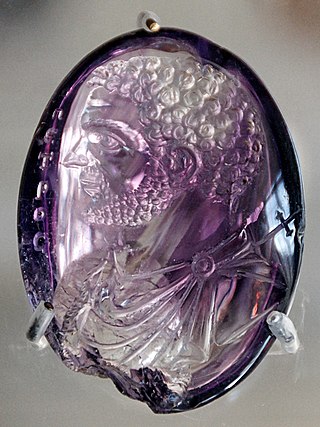
An engraved gem, frequently referred to as an intaglio, is a small and usually semi-precious gemstone that has been carved, in the Western tradition normally with images or inscriptions only on one face. The engraving of gemstones was a major luxury art form in the Ancient world, and an important one in some later periods.

The "Marlborough gem" is a carved onyx cameo that depicts an initiation ceremony of Psyche and Eros. It is the most famous engraved gem in the extensive and prominent collection both inherited and expanded by George Spencer, 4th Duke of Marlborough. Since 1899 it has been in the collection of the Boston Museum of Fine Arts, where it is described as a "cameo with the wedding of Cupid and Psyche, or an initiation rite", reflecting the view of its subject generally held until the last century.
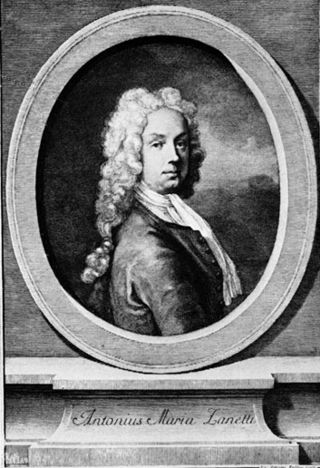
Count Anton[io] Maria Zanetti (1689–1767) was a Venetian artist, engraver, art critic, art dealer and connoisseur. He formed a collection of engraved gems, of which he published a lavish catalogue.

Lady Elizabeth "Betty" Germain was a wealthy English aristocrat and courtier, a philanthropist and collector of antiquities, who corresponded with literary and political figures.
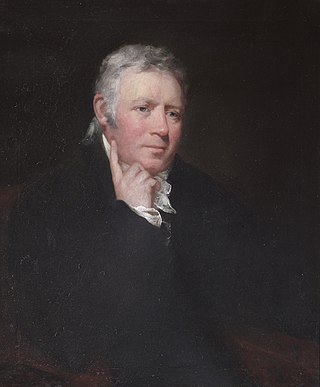
William Fordyce Mavor was a Scottish teacher, priest and compiler of educational books, many of which passed through numerous editions. He also invented a system of shorthand, which he explained in a treatise entitled 'Universal Stenography’, first published in 1779. He is buried in the church at Woodstock, Oxfordshire, where there is a commemorative plaque.

Johann Lorenz Natter (1705–1763) was a German gem-engraver and medallist.
References
- ↑ Marlborough (Duke of), George Spencer (1870). The Marlborough gems: being a collection of works in cameo and intaglio. Oxford University: Printed for private distribution.
- ↑ "The-Marlborough-Collection". www.carc.ox.ac.uk. Retrieved 26 May 2023.
- ↑ M. H. Story-Maskelyne, The Marlborough Gems. Being a collection of works in cameo and intaglio formed by George, Third Duke of Marlborough (Private 1870). Reprinted, with abridged introduction and slightly abridged entries, by Christie’s for the London Sale catalogues of 28 June 1875 and 26 June 1899.
- ↑ Boardman, John; Scarisbrick, Diana; Wagner, Claudia; Zwierlein-Diehl, Erika (2009). The Marlborough Gems formerly at Blenheim Palace, Oxfordshire. Oxford: OUP. ISBN 9780199237517.
- ↑ The Marlborough Gems: Being a Collection of Works in Cameo and Intaglio Formed by George, Third Duke of Marlborough, auction catalogue, Christie's, London, 28 June – 1 July 1875